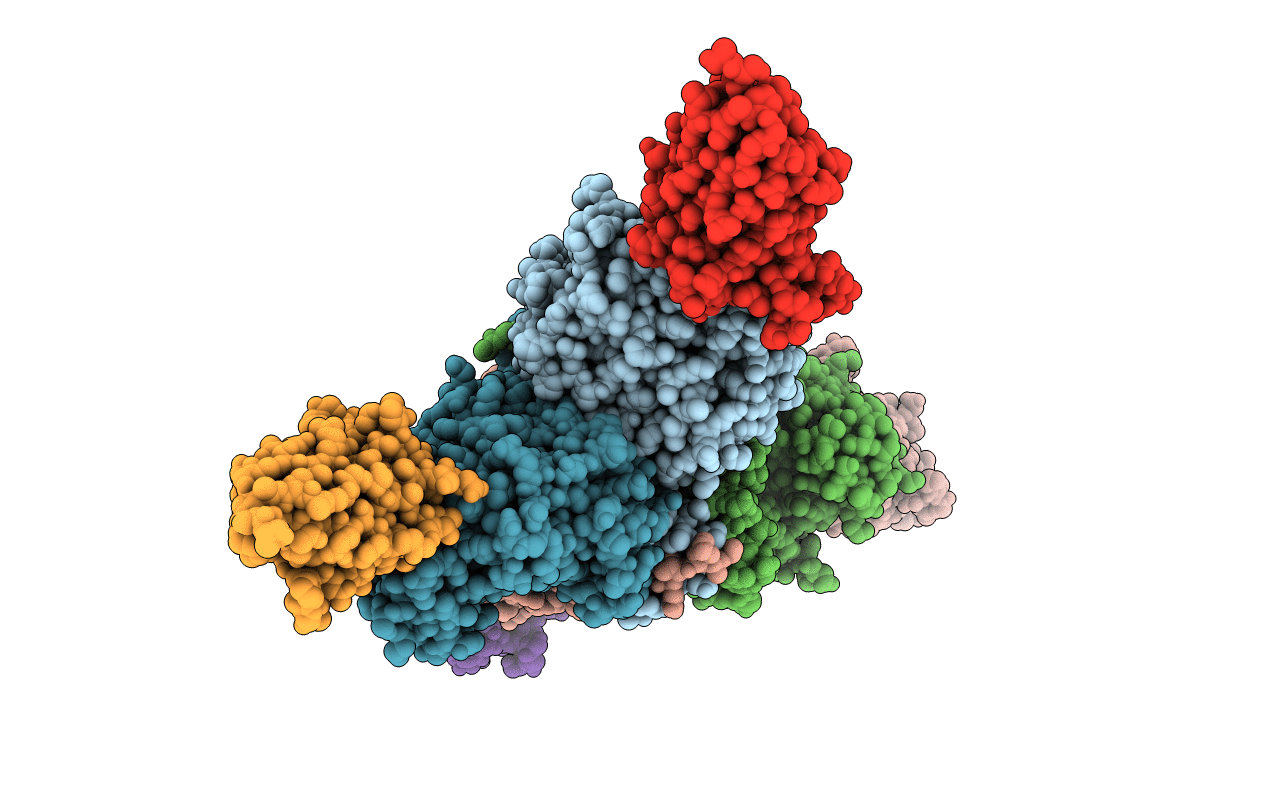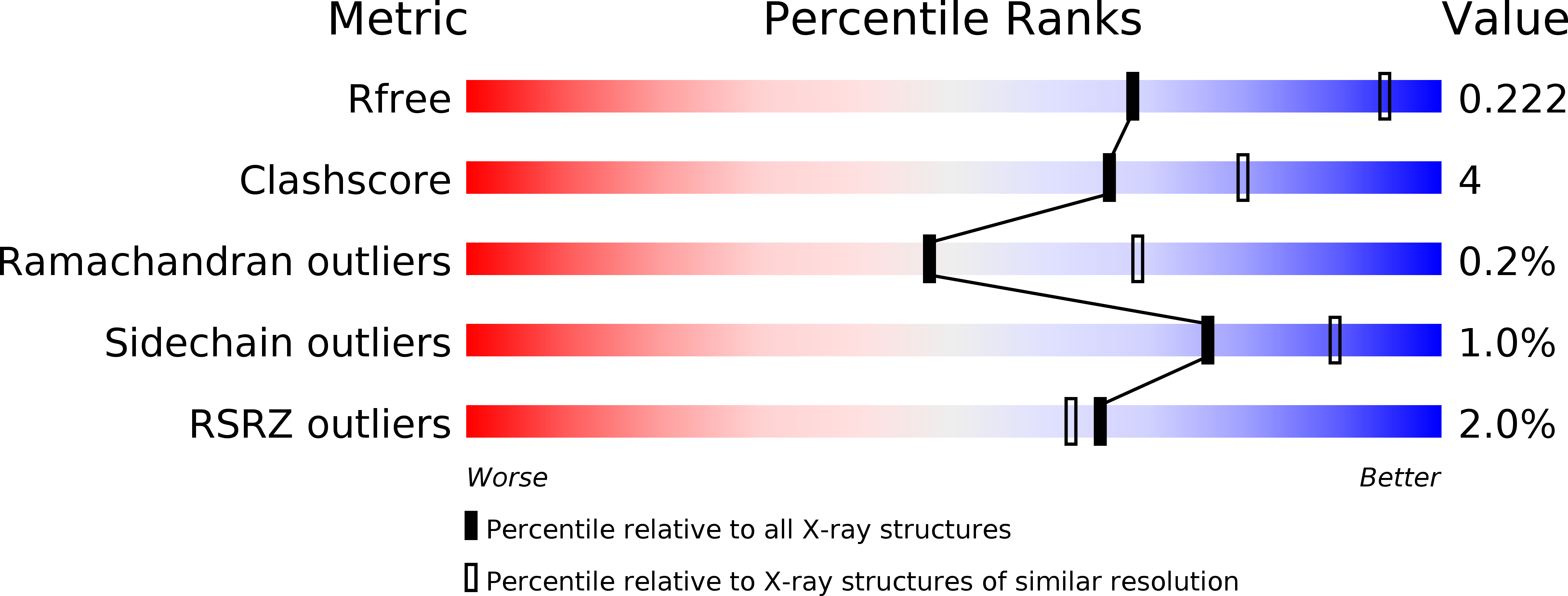
Deposition Date
2017-05-17
Release Date
2017-09-27
Last Version Date
2024-10-09
Entry Detail
PDB ID:
5O0W
Keywords:
Title:
Crystal structure of the complex between Nb474 and Trypanosoma congolense fructose-1,6-bisphosphate aldolase
Biological Source:
Source Organism:
Trypanosoma congolense (strain IL3000) (Taxon ID: 1068625)
Vicugna pacos (Taxon ID: 30538)
Vicugna pacos (Taxon ID: 30538)
Host Organism:
Method Details:
Experimental Method:
Resolution:
2.57 Å
R-Value Free:
0.22
R-Value Work:
0.19
R-Value Observed:
0.19
Space Group:
P 21 21 2


